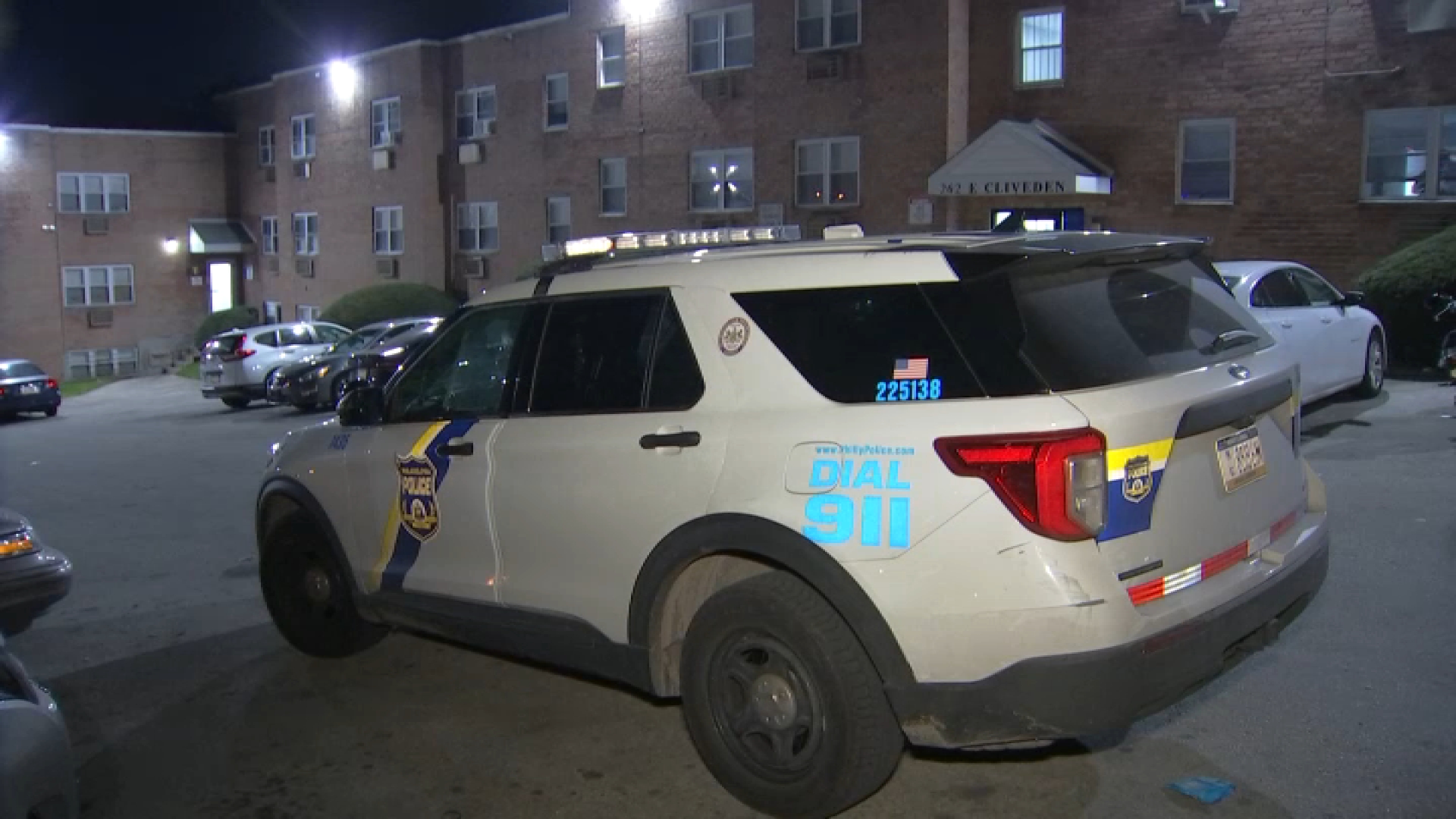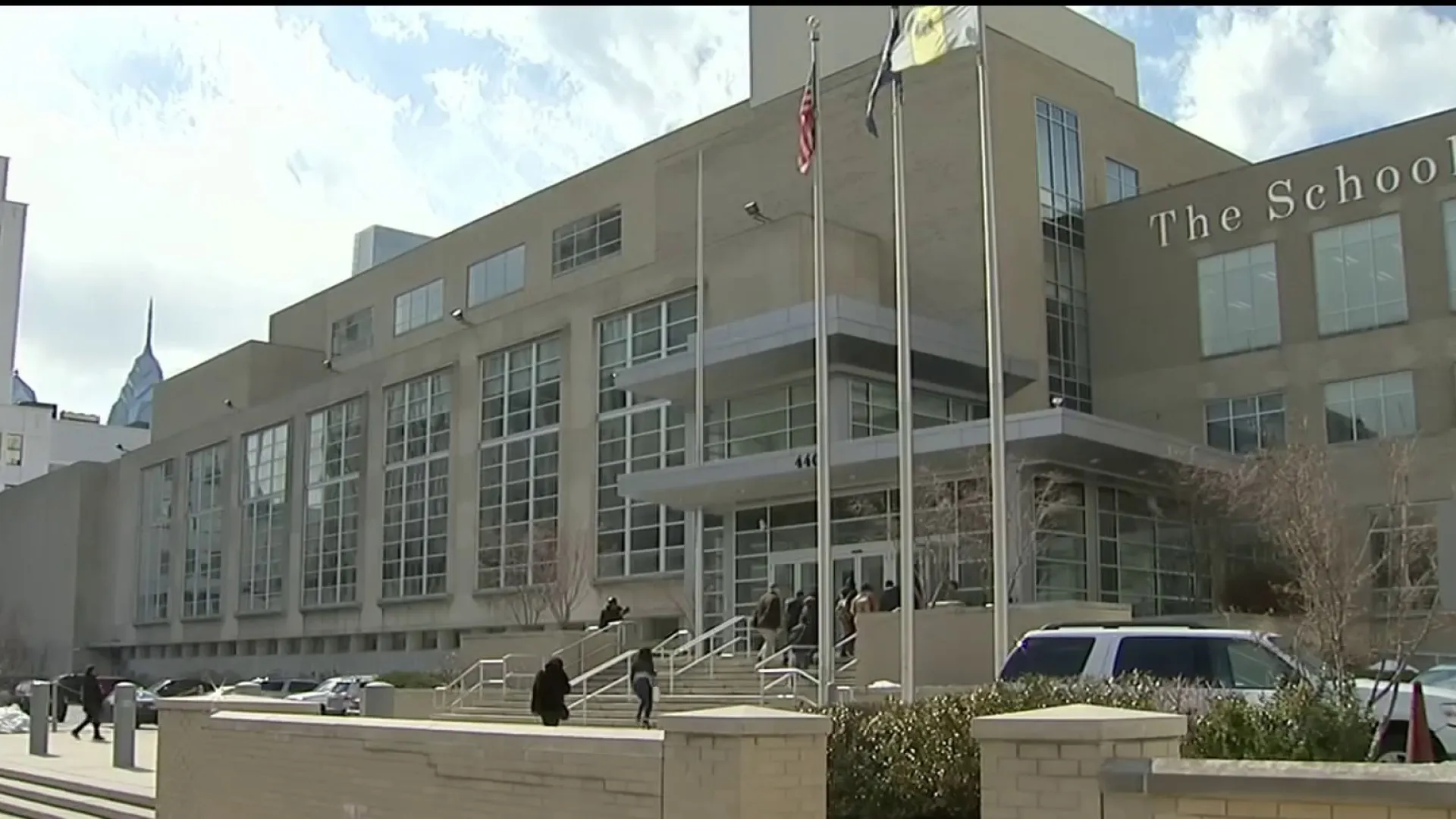Early risers and night owls will have quite the sight if they look into the sky Wednesday morning.
The second of four lunar eclipses known as “blood moons,” expected to be visible in the U.S. over a two-year span, will take place in the pre-dawn hours Wednesday morning, and those living in the Philadelphia region could catch a glimpse of the rare treat -- if the weather cooperates.
“The total lunar eclipse always allows the moon to take on a beautiful red color – some people describe this as ‘blood red,’” said Franklin Institute Chief Astronomer Derrick Pitts. “It really depends on how deep into the shadow the moon gets for it to get that red.”
Pitts said that the reddening of the moon should begin around 5:15 a.m. and progress right through sunrise when the moon sets.
The sun rising -- which will happen at 7:04 a.m. in Philly -- combined with the moon setting could make viewing the full eclipse difficult.
"We only actually get to see the very earliest portions of the eclipse --maybe a little tiny bit of totality," said Pitts.
NBC10 Chief meteorologist Glenn "Hurricane" Schwartz also said that clouds left over from overnight rain could block the view of the eclipse in parts of the region. He said the rain should be gone by the morning rush but that clouds could remain.
Local
Breaking news and the stories that matter to your neighborhood.
While more common than solar eclipses, lunar eclipses last longer and can be viewed almost anywhere on the night side of the Earth, provided there are no clouds to block the view, according to Chicago’s Adler Planetarium. And experts say no two are ever the same -- they can range in color from brick red to copper to dark grey.
In all, four eclipses will occur this year, two lunar and two solar. NASA officials report the moon will appear 5.3 percent larger than it did during an April 15 eclipse earlier this year.
"The most unique thing about the 2014-2015 tetrad is that all of them are visible for all or parts of the USA," said NASA expert Fred Espenak. A tetrad is a series of four consecutive total eclipses that take place at six month intervals.
Pitts said that Wednesday's eclipse could last for for up to 90 minutes. Let's hope clouds don't block it from site.



